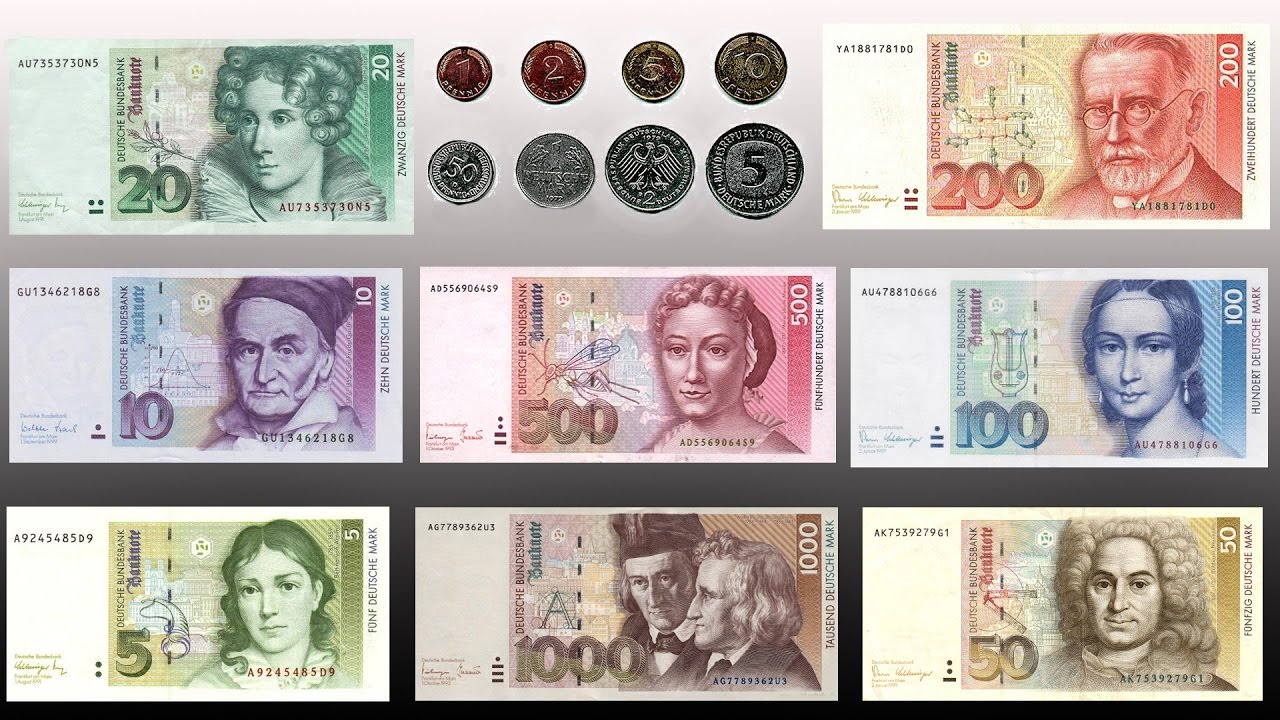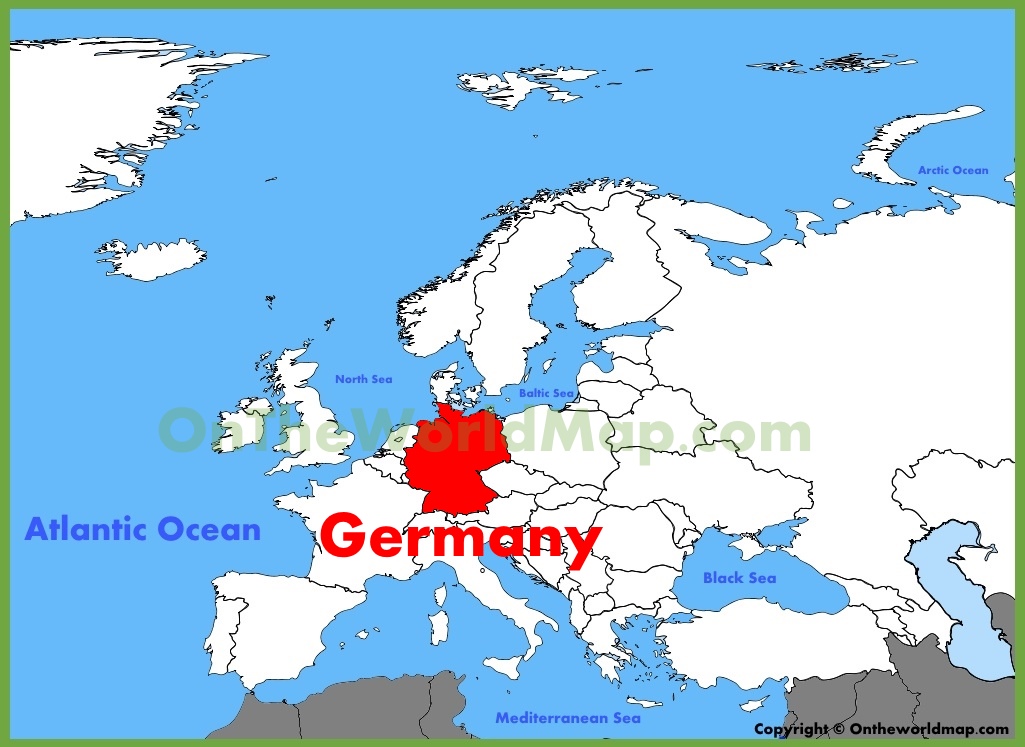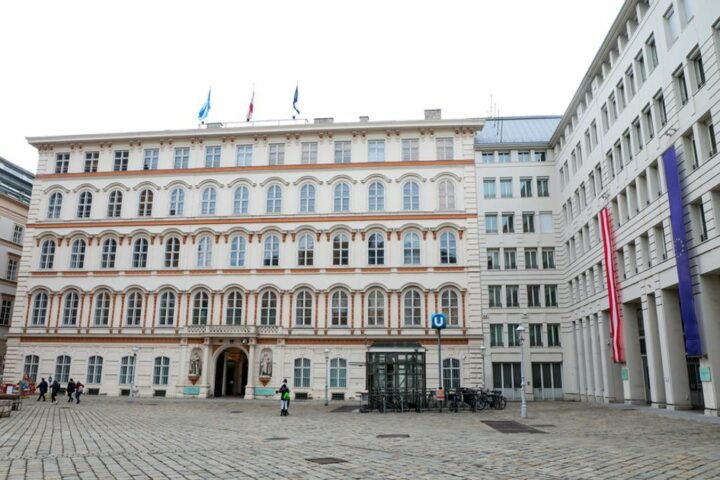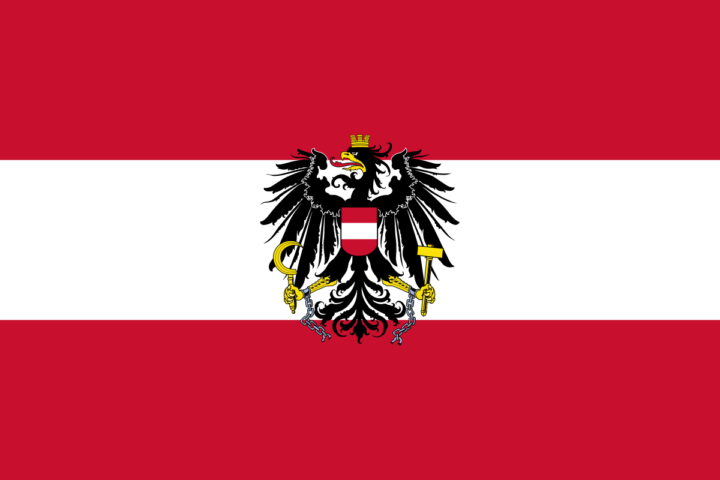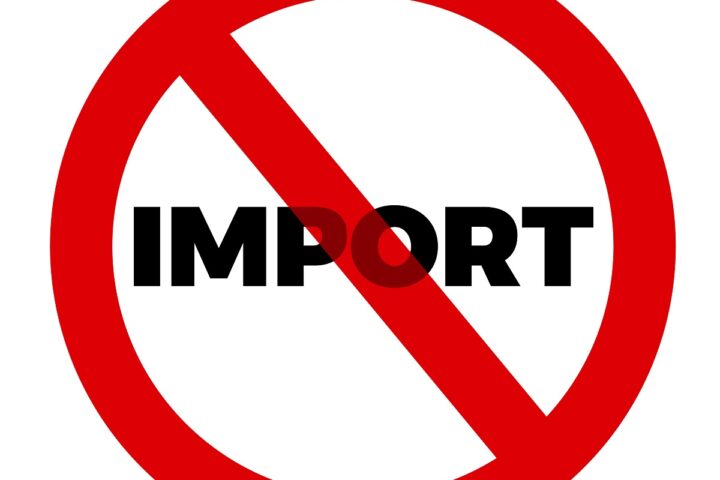Introduction to Currency in German
Currency plays a crucial role in daily transactions, economic stability, and international trade. In Germany, the official currency is the Euro (€), which replaced the Deutsche Mark (DM) in 2002. Understanding currency in German involves exploring its history, denominations, usage, and interesting facts.
History of German Currency
Germany has a rich history of currency dating back centuries. The Deutsche Mark, introduced in 1948 to stabilize the post-war economy, became synonymous with German economic success. However, with the formation of the European Union, Germany adopted the Euro as its official currency on January 1, 2002, marking a significant transition in its monetary system.
The Euro (€) in Germany
The Euro is the official currency of Germany and is used by 19 of the 27 European Union member states. It is divided into 100 cents (Eurocent). The Euro banknotes and coins feature unique designs representing various architectural styles from different periods in European history.
Commonly Used Denominations
In Germany, Euro banknotes are available in denominations of €5, €10, €20, €50, €100, €200, and €500. Euro coins come in denominations of 1 cent, 2 cents, 5 cents, 10 cents, 20 cents, 50 cents, €1, and €2. Each denomination has distinct designs and features, making them easily recognizable.
Currency Exchange and Usage
Currency exchange services are widely available in Germany, including banks, currency exchange offices, and automated teller machines (ATMs). Credit and debit cards are widely accepted for payments, especially in urban areas and tourist destinations. However, it’s advisable to carry some cash for smaller transactions, as not all businesses accept cards, particularly in rural areas.
Interesting Facts About German Currency
The Euro banknotes depict bridges and arches, symbolizing communication and cooperation between European countries.
Germany’s central bank, the Deutsche Bundesbank, plays a crucial role in managing the Euro and ensuring price stability within the Eurozone.
Germany’s old currency, the Deutsche Mark, remains nostalgic for many Germans, and some still refer to prices in Deutsche Mark, especially when reminiscing about the pre-Euro era.
Frequently Asked Questions
Can I use other currencies besides the Euro in Germany?
While the Euro is the official currency, some businesses, particularly in tourist areas, may accept major foreign currencies like the US Dollar or British Pound. However, it’s advisable to exchange currency to Euros for the best rates and convenience.
Are there any security features on Euro banknotes to prevent counterfeiting?
Yes, Euro banknotes feature various security features such as watermarks, holograms, and security threads to prevent counterfeiting. Additionally, each denomination has unique tactile features to aid visually impaired individuals in distinguishing between different denominations.
What is the current exchange rate between the Euro and other currencies?
Exchange rates fluctuate daily based on market conditions. You can check the current exchange rates online or at currency exchange offices.
Conclusion
Currency in Germany reflects the country’s economic stability, integration within the European Union, and rich cultural heritage. From the Deutsche Mark to the Euro, German currency has evolved over time, shaping the nation’s financial landscape. Understanding currency in German is essential for travelers, businesses, and anyone interested in the economic dynamics of this European powerhouse.
- Armenia Import Restrictions - July 15, 2024
- Armenia Flag and Meaning - July 13, 2024
- Austria Major Trade Partners - July 2, 2024


